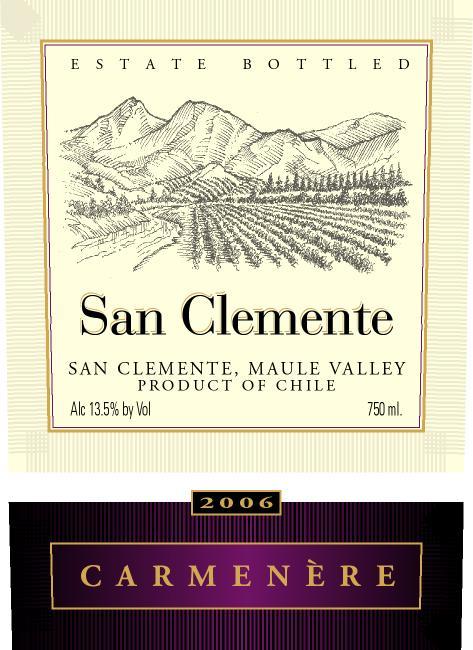2006 Maule Valley Carmenere
The San Clemente Carmenère from the esteemed Maule Valley embodies the characteristics of a remarkable red wine. This full-bodied gem presents a delightful complexity, seamlessly combining vibrant acidity with a soft, approachable mouthfeel. Its fruit intensity shines through with prominent notes of dark berries and ripe plum, complemented by subtle earthy undertones that add depth. The tannins are notable yet gracefully integrated, providing structure without overwhelming the palate. As a 2006 vintage, this wine has matured beautifully, showcasing a well-defined profile that is both inviting and expressive. With its roundness, this Carmenère is sure to impress, making it a perfect choice for various culinary pairings.
The San Clemente Carmenère from the esteemed Maule Valley embodies the characteristics of a remarkable red wine. This full-bodied gem presents a delightful complexity, seamlessly combining vibrant acidity with a soft, approachable mouthfeel. Its fruit intensity shines through with prominent notes of dark berries and ripe plum, complemented by subtle earthy undertones that add depth. The tannins are notable yet gracefully integrated, providing structure without overwhelming the palate. As a 2006 vintage, this wine has matured beautifully, showcasing a well-defined profile that is both inviting and expressive. With its roundness, this Carmenère is sure to impress, making it a perfect choice for various culinary pairings.




